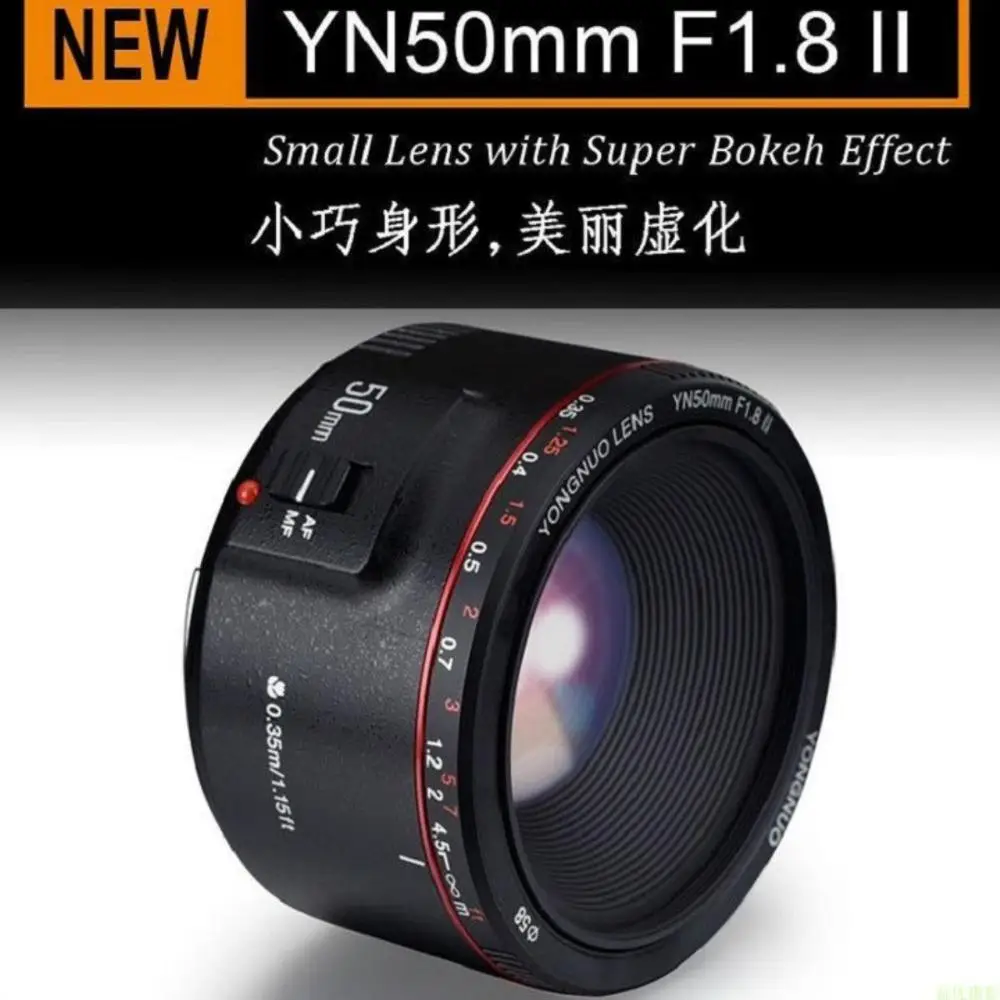

- #BEST CANON BOKEH LENS FULL#
- #BEST CANON BOKEH LENS PROFESSIONAL#
2 What to Look Before Buying Canon Lenses For Family Portraits. 
Canon EF-S 18-200mm f/3.5-5.6 IS Standard Zoom Lens Canon EF 75-300mm f/4-5.6 III Telephoto Zoom Lens Canon EF 50mm f/1.4 USM Standard and Medium Telephoto Lens Canon EF 24-70mm f/2.8L II USM Standard Zoom Lens Canon EF 85mm f/1.4L IS USM - DSLR Lens with IS Capability Canon EF 85mm f/1.8 USM Medium Telephoto Lens
1 Top 10 Best Canon lenses for Family Portraits. This results in fringes of color being visible in the image. What is chromatic aberration? This is something you want to avoid and is a problem that a lens causes when colors are incorrectly refracted (bent) by the lens, resulting in a mismatch at the focal point where the colors do not combine as they should. The 50mm can distort an image but for this reason, some photographers will choose it and use this to their advantage for example, by shooting the subject lower down and looking up at them in can make them look taller or slimmer. Which Focal Length should you use? For portrait photography, most people go with either a 50mm or 85mm lense witl the consensus that 85mm is probably the best option for capturing the subject. If you wish the background to be in focus, then a narrow apperture such as f/22 will be better. If you wish to blur the background to increase the focus on your foreground subject matter then a wider aperture is required such as f/4 or f/2.8 (or if you’re using a fast prime, f/1.8 or f/1.4). Which Aperture should you use? This will depend on whether you want your subject to be isolated against the background of your photo or if you would rather include it in the image. Lights in the background of an image look great when you use a lense which produces good Bokeh – I’m sure you have seen the beautiful “circle” patterns these make. Bokeh is rendered by the lens, not the camera, and different lenses will produce differening amounts of Bokeh. Bokeh is basically the quality of the blurring, out of focus parts of a photo and is popular in portrait photography as when the background is blurred you can focus on the subject matter more clearly. What is Bokeh? – Bokeh comes from the Japanese word which means “blur” which pretty much describes this popular effect. #BEST CANON BOKEH LENS FULL#
80mm focal length effective on ASP-C and 50mm focal length effective on full frame cameras. Offered with STM (Stepping Motor) which is silent and delivers consistent Move Servo AF for clear movies and smooth AF for great stills. Can focus a minimum distance of 1.15 ft. Designed for portraits, nighttime and action photography. #BEST CANON BOKEH LENS PROFESSIONAL#
If you do not want to spend much on a professional camera but still needs to capture breathtaking photos using a portrait lens, then you might consider the Canon EF 50mm f/1.8 STM lens, known as the new “ nifty fifty“, It is popular among photographers thanks to its wide aperture and ability to blur backgrounds – perfect for portrait photos.
8 Bower SLY85C High Speed 85mm f/1.4 Telephoto Lens for Canon. 6 Canon EF 70-200mm f/4L USM Telephoto Zoom Lens. 3 Canon EF 85mm f/1.8 Medium Telephoto Lens. Take a look below at our other picks for the best Portrait lenses for Canon cameras in 2018 and let us know if you agree with our choices in the comments below. For the price, it will allow you to take some great shots and get that blurred background “bokeh” effect which is important for portraits. It needn’t be expensive to add one of these either, our best pick and a great budget lens is the first one on this list and thats the Canon EF 50mm f/1.8 STM which is known as the new “nifty fifty” lens, it costs just $100 so we recommend that all photographer who use Canon should have one of these in their kit. However if you want to take your portrait photos to the next level and produce amazing looking photos then it will help to have a dedicated portrait lens in your camera bag. It’s possible to shoot portrait photos with just about any lens that you own – you can even get good results with the standard kit lens that comes with your camera if you have good lighting, composition and subject matter.






 0 kommentar(er)
0 kommentar(er)
